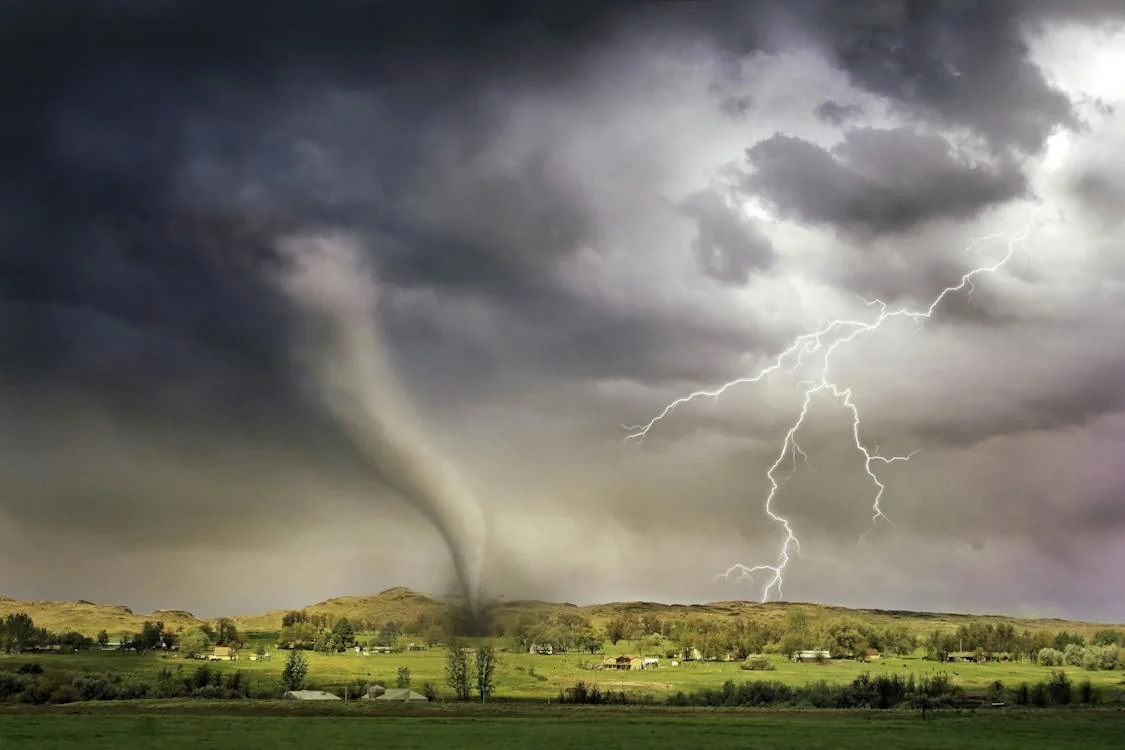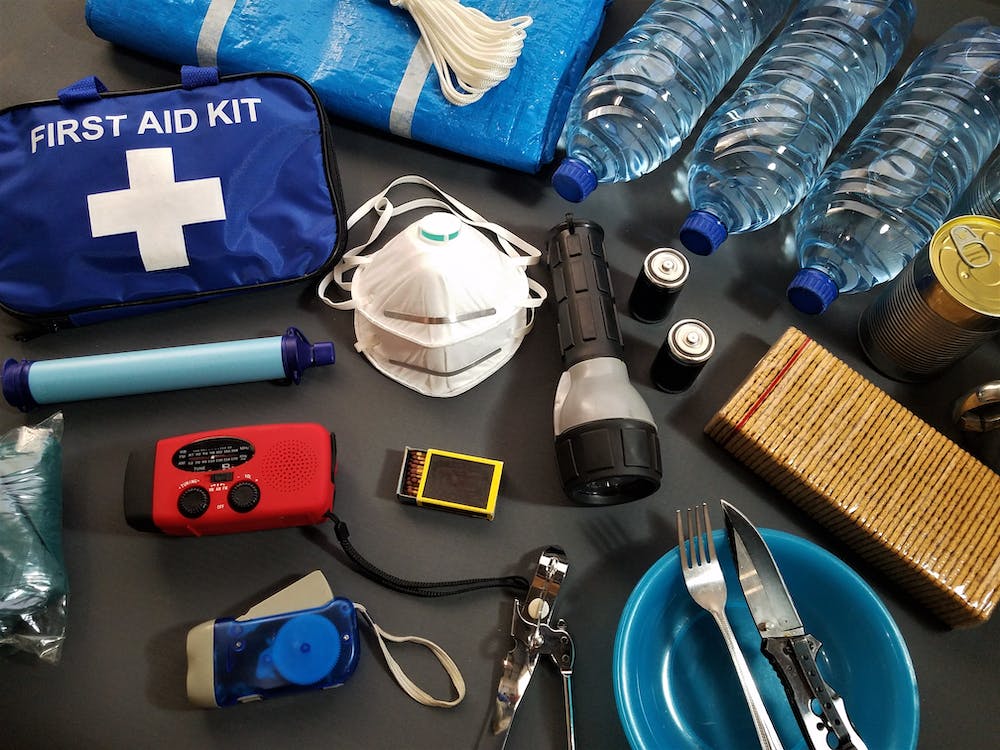What is a tornado and what are the measures to avoid a tornado attack?
A tornado is one of Nature’s strongest, most violent and devastating storms. A tornado is a rotating, funnel-shaped cloud that is formed from a thunderstorm down to the earth’s surface. The intensity of a tornado can be measured on the Fujita Scale with grading from F0 (weakest) to F5 (strongest).
Tornadoes can be very strong with winds reaching to 300 mph (480 km/h). Tornadoes have the capability to destroy life and property (even well-made and established structures), uproot trees, and hurl objects (and also people). In mere seconds a tornado can totally rip through your neighborhood and even the whole town.
The United States has the most “twisters” of any country, including their variations like waterspouts (tornadoes occurring on water surfaces). The country averages about 1,200 tornadoes yearly. Even in some states that aren’t usually tornado-prone, it is still possible that a tornado will turn up unexpectedly.
In order to protect yourself and your family from the violent nature of tornadoes (especially when you live in a danger zone), consider the following instructions:
1. You and your family should start planning together. Everyone in the family should know how to get in contact with anyone else. Create a list of important contact information — school number, work number, numbers of your insurance company, etc. Practice a “tornado drill” by making sure everyone in the family knows where to go, what to take and how to keep oneself safe when a tornado strikes.
2. When possible, store important documents — birth and employment records, social security cards, insurance documents, etc. to bring with you when you had to evacuate your home.
3. When you live in the danger zone, in particular, it’s important to know an evacuation center that is closest to where you live. Schools, municipal/town/city buildings, and community centers are usually the safest locations to find shelter away from the storms.
4. Keep yourself updated on the latest information regarding tornadoes. For instance, listen to the local or commercial radio or watch the television for weather updates. The best way to get information about severe weather conditions is to get a NOAA weather radio. It comes cheap at most big box retailers and outdoor goods shops.
Always — always! — listen to instructions given by local emergency management officials. When they say you should evacuate, do it so right away.
5. Have an emergency kit that should consist of food and water which will keep you for at least 72 hours. In addition, include clothes, first-aid kits and medicines, toiletries and some survival tools. Means of communication, such as a radio or satellite phone, are also important to include in your survival kit. Have a helmet to protect your head.
6. Build or designate an area in your house where you could be safe. Basements, interior rooms (such as bathrooms) and garages are usually designated as a safe haven against the tornado attack. Remember that these rooms should have no windows, be anchored firmly to the ground to prevent from being uplifted, and strong enough to withstand any debris it may come in contact with. Be cautious when you use below-ground spaces in your home because tornadoes and storms may carry water.
7. Arrange your furniture away from doors, windows, furniture, or anything with glass. For larger, immovable furniture pieces, secure them with bolts or brackets.
8. Be alert to changing weather conditions. Look for these warning signs that would indicate that a tornado is forming.
– Dark, often sickly green-ish sky (indicating hail)
– Large hail
– A big, dark, low-lying cloud that is persistently rotating
– Loud, roaring sounds (similar to a train or jet)
– Whirling debris near the ground, even when the funnel cloud is not yet present
If you see these approaching signs, immediately run for cover.
9. Know the difference between a tornado watch and a tornado warning:
Tornado watch – it indicates that the conditions are right for a possible formation of a tornado in and near the watch area. If there is a tornado or severe thunderstorms watch, you should heed these conditions. Discuss and review your emergency plans, and check your emergency supplies.
Tornado warning – this is when an actual tornado has been seen in your area or detected by your weather radar. Evacuate your home immediately, or go to your home’s safer shelters such as the basement, garage or interior rooms.
10. If you happen to be outside when a tornado is actually occurring, drop yourself down nearest to the ground and cover your head. Do not hide under a bridge or an underpass — if the tornado is strong enough it can rip through a bridge or underpass and topple over you. You’d be better off in a mobile home, or in an open field. Most importantly, watch out for flying debris.
11. If you happen to be inside the car, drive away from the tornado and stop for a nearest safe and secure shelter. If that’s not possible, duck yourself down and cover your head. If you’ve got a blanket, cover yourself with it. Keep your seatbelts on.
12. Never leave your home or shelter until a tornado has passed. Be aware that even a tornado has gone by, there are still dangerously high winds so flying debris is still possible. Wait out until you are sure the weather is more stable and it is safe to go outside and follow other instructions.


